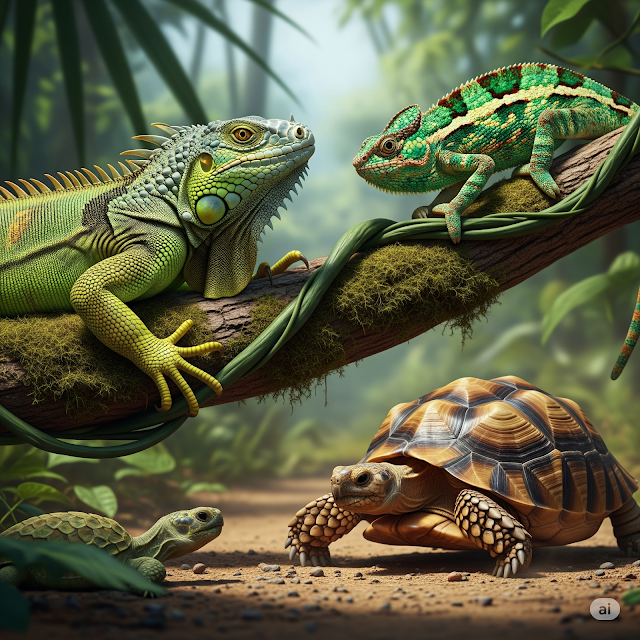1. Heart is four-chambered in reptiles.
a) crocodile
b) Snake
c) frog
d) lizard
2. A living fossil is
a) Limulus
b) Coelacanth
c) Sphenodon
d) all of these
3. Amniota includes
a) reptiles and mammals
b) reptiles and birds
c) birds and mammals
d) reptiles, birds, and mammals
4. Green Turtle is known so because its
a) shell is green
b) fat is green
c) body is green
d) all of these
5. Which one contains the thecodonts?
a) Lacertilia
b) anapsida
c) ophida
d) Crocodilia
6. The largest lizard is
a) Varanus
b) Ophiosaurus
c) Heloderma
d) Chamaeleon
7. Which of the following is a key characteristic of most reptiles?
a) Endothermic
b) Moist skin
c) Scales or scutes
d) Complete metamorphosis
8. Which order of reptiles includes lizards and snakes?
a)
b)
c)
d) Rhynchocephalia
9. The Tuatara, a unique reptile, is endemic to:
a)
b)
c)
d) Australia
10. The study of reptiles and amphibians is known as:
a)
b)
c)
d) Entomology
11. What is the primary characteristic that distinguishes reptiles from amphibians?
a)
b)
c)
d) Being cold-blooded
12. How do most aquatic reptiles breathe?
a)
b)
c)
d) Cloacal respiration
13. The carapace and plastron are parts of the shell of a:
a)
b)
c)
d) Turtle
14. The Jacobson's organ in snakes is used for:
a)
b)
c)
d) Balance
15. Most reptiles lay eggs that are:
a)
b)
c)
d) Jelly-like and parasitic
Learn more:
- Multiple Choice Questions on Blood
- Multiple Choice Questions on Excretion
- Multiple Choice Questions on Respiration
- Multiple Choice Questions on Nutrition
1-a | 2-d | 3-d | 4-b | 5-d |
6-a | 7-c | 8-c | 9-b | 10-b |
11-b | 12-c | 13-d | 14-c | 15-b |
